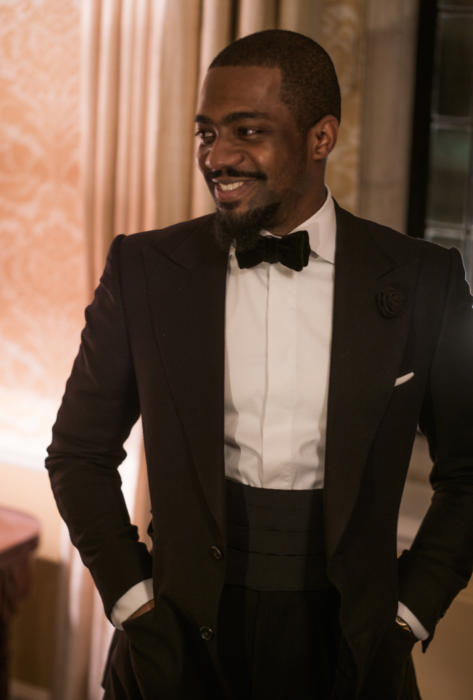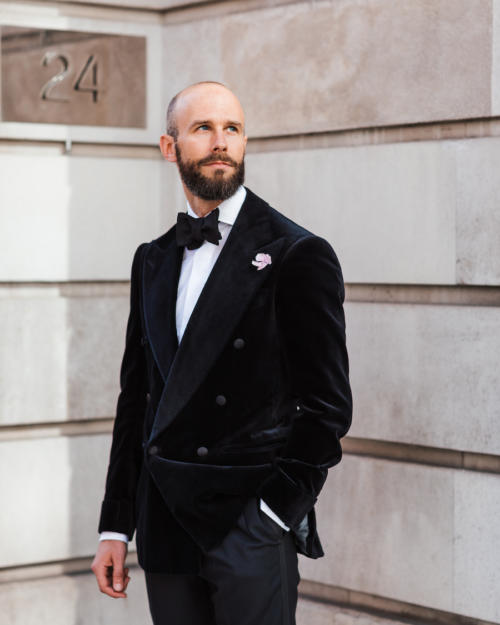
The material that you choose for a tuxedo (or black tie) in all probability received’t get as a lot thought because the design, the shirt or certainly your bow tie. The choices are pretty restricted, and all these different issues may have a higher impression.
However for those who need to suppose extra deeply about it – as PS readers typically do – there’s lots to burrow into.
The ideas are easy. The material for a tuxedo or dinner jacket ought to be darkish and wealthy, with elegant drape, and play with the reflection of sunshine.
There have been numerous exceptions through the years, however they’ve largely been simply that – exceptions. They’ve additionally tended to be fashions, and brief lived. Those value mentioning are in all probability burgundy and inexperienced velvet, and cream for summer time/tropical put on.
We will even miss tartans or different types of conventional costume.
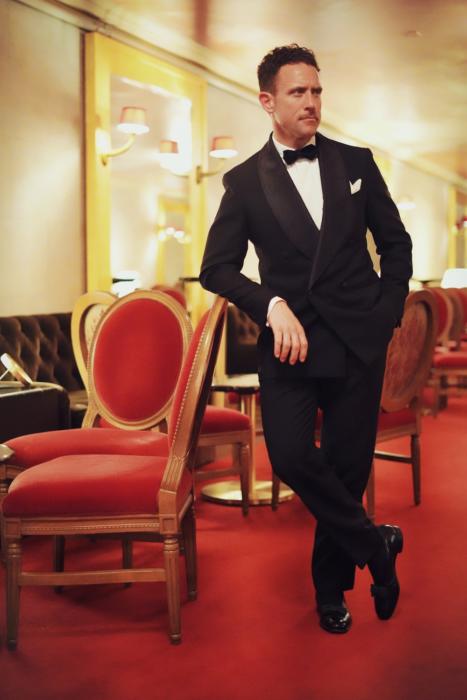
With conventional black tie, there’s an assumption of absence of color, and so the fabric is black – or midnight blue, as a result of it seems to be blacker than black underneath synthetic gentle (another innovation of the Duke of Windsor).
And there’s an assumption of a scarcity of sample, regardless of the flamboyant weaves, spots and micro-checks typically included in bunches.
With out both color or sample to play with, the main focus is on how this darkish, plain materials interacts with gentle. Woollen fabric, which was extra widespread up to now, could be very matte. Velvet visibly sucks up the sunshine. After which there are cloths with completely different levels of shine, whether or not generated by the fibre (eg mohair) or the weave (eg barathea).
A part of the choice as to which materials you go for relies upon how you’re feeling about shine. And take into account how particular that may be to time and place. When Sir Anthony Eden strolled out in a mohair go well with it urged subtle dressing, in addition to a summer time wardrobe. However at present, shiny tailoring is extra more likely to point out low-cost synthetics.
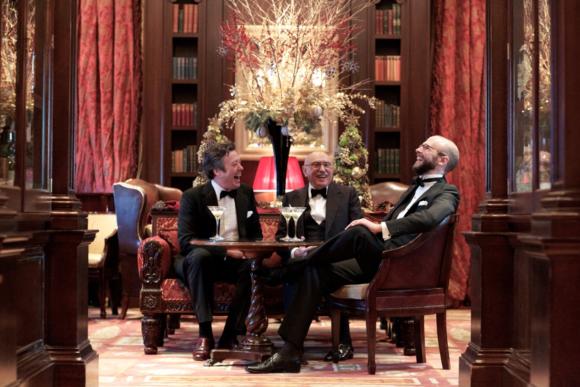
Silk and mohair
Dinner jackets have been made out of varied non-wool fibres through the years, most notably silk and mohair.
As a common rule although, silk is finest saved to the facings of a dinner jacket, because it tends to lack physique, and subsequently a sublime line when tailor-made. Whether it is utilized in a jacket, then it ought to be a cream, summer time one, which notably fits silk’s lustre. Shantung also can add some uncommon texture.
(Silk can be used successfully as a minor participant in a mixed-fibre fabric.)
Mohair, in contrast, has inherent sharpness and lightness, in addition to pure shine. And it may be simply blended with any proportion of wool, to get the precise quantity of sharp and shine desired.
My first black tie, made by Richard Anderson (proven above and under), was in a 50:50 wool/mohair combine. It was properly reduce, and definitely sharp. However I’m undecided I’d select mohair if I used to be to fee it over once more.
I don’t particularly just like the shine (once more, very private and cultural) and the sharpness is somewhat too crisp. Right this moment I’d desire a fabric I might really feel the physique of, and that may drape and movement extra.
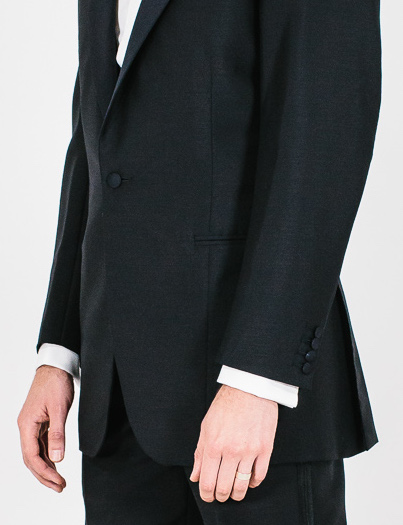
Barathea
That is perhaps barathea. Barathea is a weave of (normally worsted) wool, similar to a twill or hopsack, and is a part of the satin group of weaves (see the ‘Weaves and designs’ chapter of this information for technical particulars).
Satin weaves generally are dense, and so drape very properly. In earlier chapters we talked about how twill is denser than a plain weave, making it a sensible choice for trousers. However if you happen to used a twill’s variety of picks and ends in a satin, the satin would crumble. It wants lots of yarn.
Barathea retains this interesting physique, however provides a reasonably matte look, which is what makes it look ‘blacker’ than different blacks. It principally displays much less ambient gentle (like velvet) which is what makes different cloths look dusty gray.
Satin weaves generally are good due to their physique, and there are different variations, akin to the ‘venetian’ weave. However it’s hardly ever made any extra.
Additionally, bear in mind that though barathea is strictly a weave, it may be used as a common time period for any deep-black fabric with a textured weave. That doesn’t essentially matter if you happen to prefer it, and take into account the goals of physique and depth, however it’s value being conscious of.
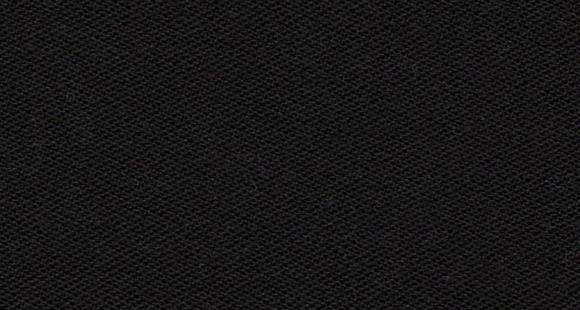
Velvet
The night put on I really had made most just lately was a black velvet double-breasted jacket.
Velvet appealed to me due to its versatility: I might put on it with a black roll neck and gabardine trousers, as an illustration, and look elegant with out essentially being in black tie.
And I appreciated the truth that it could be somewhat uncommon. Menswear fans typically push in opposition to custom in relation to black tie. On the one hand they love the concept of black tie being essentially the most refined sartorial costume – all the pieces stripped again to its essence. However on the opposite, they need to categorical themselves and really feel they’ll try this higher than others.
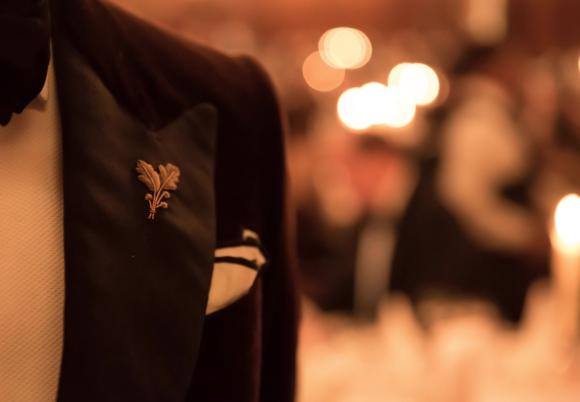
Black velvet, I believe, is a pleasant level in between. I used to have a brown velvet (above), and different conventional colors are burgundy and bottle inexperienced; however all of them appear somewhat an excessive amount of like one thing you’d put on over pyjamas at residence, for me. Not for going out. Black velvet doesn’t have that downside.
Velvets are both created from cotton or silk. The silk selection is superior, however it’s an elusive distinction, typically not seen, and consequently I don’t know anybody weaving it at present. (I’ve requested a few mills and retailers, however please shout if you realize somebody.)
Apparently, a mill informed me as soon as that they had been requested to produce velvet for a alternative for HM Queen Elizabeth II’s inexperienced cape.
After a lot looking and enquiring with suppliers, they failed to search out silk velvet in that weight. It wasn’t economical to make it any extra, so nobody was. And consequently, the machines and the data had gone. They didn’t know whether or not her Majesty was ever informed the alternative wasn’t silk.
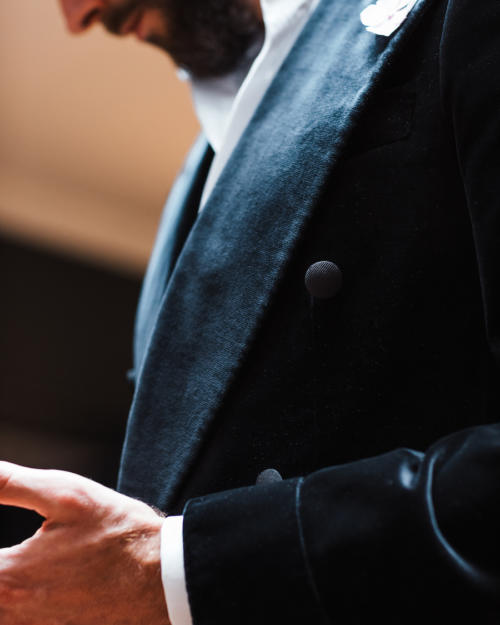
Weights, colors, and different options
The very first thing you discover about previous dinner jackets is their weight: they had been typically made for venues with out central heating, and weaving expertise restricted the fineness of the yarn. I used to have a classic dinner jacket owned by movie director Michael Powell, which was phenomenally heavy.
Black tie occasions at present are sometimes sizzling and stuffy, and so it’s tempting to go for a fabric that’s as gentle as potential. However mood this with the necessity for one thing that drapes properly. If you’d like lightness, go for a mohair combine. In any other case, select one thing substantial: actually above 300g, ideally nearer to 400g.
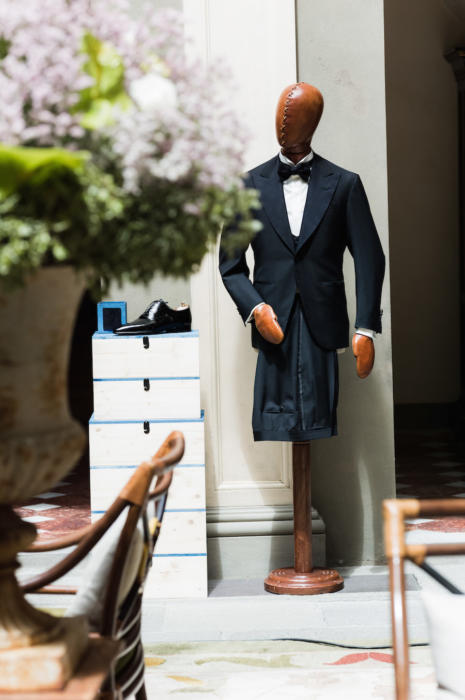
On color, it’s value repeating that though black is commonplace, midnight blue can look very elegant. Simply be certain it’s midnight. It ought to be so darkish that you would be able to’t inform it’s not black till you place the 2 subsequent to one another.
The pattern for midnight blue has sadly spurred every kind of navys and blues in night put on, which tend to appear like one thing low-cost you’d put on to the promenade.
Additionally, if you’re fascinated about carrying color, it’s value noting that that is typically finest achieved within the tailoring, reasonably than the equipment.
There have been many developments with colored night put on through the years, together with shades of brown and tan within the Thirties (under), and an array of velvets. However all of them had one factor in widespread: the equipment remained black and white. Keep away from the temptation of colored bow ties or cummerbunds.
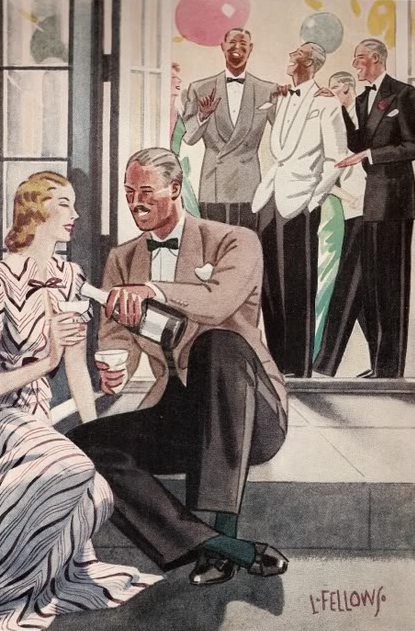
Lastly, there are numerous different weaves and fibres we haven’t included. There’s nothing fallacious with a few of them, however mohair, velvet or barathea are normally higher.
For instance, cashmere is commonly added to the fibre combine, to make it really feel softer and extra luxurious. However softness just isn’t what we’re after right here: drape and sharpness are the priorities. Cashmere is simply included as a result of individuals suppose it’s costly.
Wool gabardine could be very good, and definitely has an expensive really feel in addition to draping properly. However it may well look somewhat an excessive amount of like a twill go well with.
There are numerous fancy weaves – it’s fairly commonplace for even a conventional bunch to incorporate twills, herringbones and a diced weave. However they really feel like they’re there to simply fill out the e-book – or to draw the client who needs one thing somewhat ‘fancy’. None of them has any benefit over barathea.
And naturally there are low-cost options to all the pieces. Any material that appears darkish and somewhat like barathea is obtainable for black tie, together with hopsack and acetate satin, whereas rent clothes use giant proportions of synthetics to make them as powerful and stain resistant as potential.
It’s a giant market, with lots of choices. However actually just a few value recommending.
